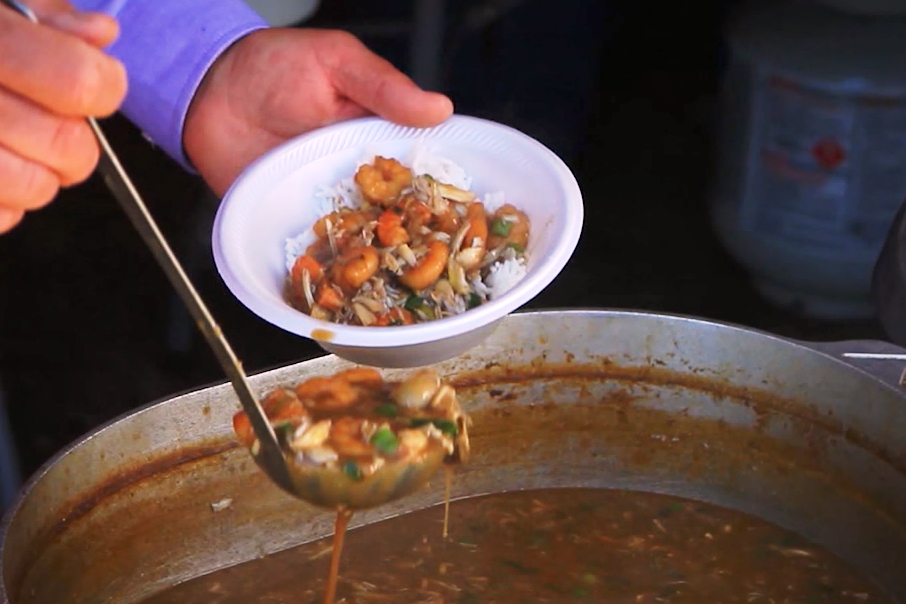One of the most frequently asked questions from visitors in Southwest Louisiana, is what is the difference between Creole and Cajun?
Creoles as an ethnic group are harder to define than Cajuns.
Creoles are of French and European descent, mainly aristocracy who settled in cities, specifically New Orleans. Over the years, the term Creole grew to include native-born servants of African descent as well as free people of color. In Southwest Louisiana, Creole has come to mean the traditions that are native to the southern part of Louisiana, where African, French and Spanish influences were most deeply rooted in our history and culture.
Cajuns, the term originating from “les Acadians,” were French settlers of Nova Scotia, Canada, mostly peasants who were exiled by the British in the 1700s and settled along waterways and bayous. Their French-Canadian customs, language and Catholic religion came with them, as well as their love for fun, a strong work ethic and the ability to live off nature’s bounty.

Cajun vs. Creole Cuisine
While Creole food is elaborate to prepare and usually involves tomatoes, Cajuns became trappers, anglers and hunters, living off the land, making their cooking as flavorful and steamy as Louisiana’s summers. Proper Cajun food does not used tomatoes, although, some Cajun food such as sauce piquant does include tomatoes as a key ingredient.
Cajuns generally prepare full-bodied or blackened cuisine, and Creoles take culinary refuge in their sauces, herbs and intricate spices. Creole cuisine, or “city food,” uses vast ingredients, reminiscent of Grand European style, consisting of several courses. Traditionally, slaves in the kitchen of well-to-do members of society prepared the food. Due to the abundance of time and resources, the dishes consisted of an array of spices from various regions and creamy soups and sauces. Creole cuisine has a bit more variety, because of the easier access Creoles had to exotic ingredients and the wide mix of cultures that contributed to the cuisine.
“For instance a remoulade sauce consists of nearly a dozen ingredients that would not typically be found in Cajun kitchens. That’s why you’ll find tomatoes in Creole jambalaya and not in Cajun jambalaya or why a lot of times you find a Creole roux made with butter and flour while a Cajun roux is made with oil and flour,” wrote Jay Ducote, author of the food and beverage blog, www.biteandbooze.com in a blog for www.LouisianaTravel.com.
Cajun cuisine, or “country food,” is more robust – usually made in one pot. Both have influences from Native American, African, Spanish and German cooks.

Cajun food is famous for being well seasoned and spicy. Most dishes start with “the holy trinity,” or diced onion, celery and bell pepper. Garlic is never far away either!
Try it out while visiting Lake Charles/Southwest Louisiana! See an assortment of restaurants to choose from at www.visitlakecharles.org/restaurants.


